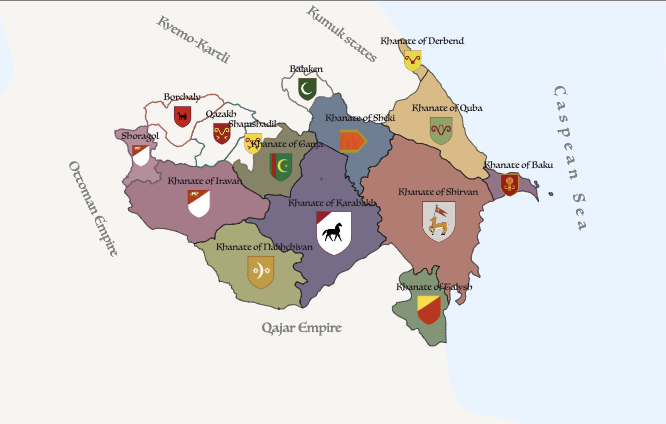England and Wales in 900 AD
In the turbulent 9th to 11th centuries, Britain saw Viking incursions alongside the struggles of native Britons and Anglo-Saxons, shaping a dynamic landscape of conquest and cultural exchange.
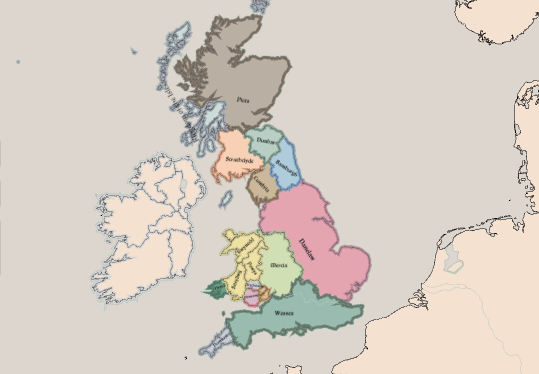
Welsh Kingdoms in 900
In the year 900, Wales, with its Celtic heritage, witnessed a dynamic landscape of shifting kingdoms, including Powys, Seisyllwg, Dyfed, Brycheiniog, and Gwent & Glywysing, with Gwynedd at its helm
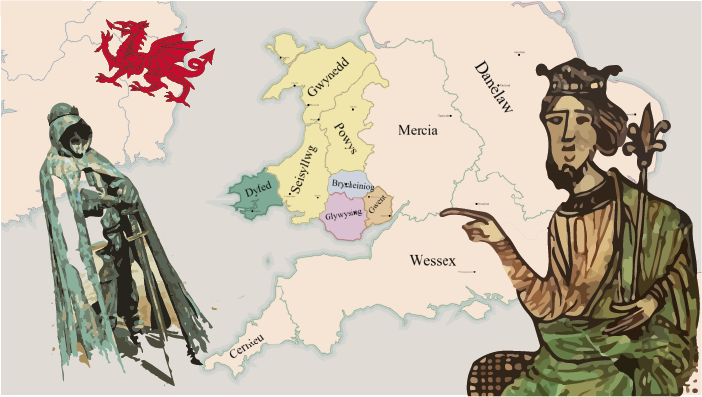
The Political Mosaic of the Caucasus in 1750
In the year 1750, the Caucasus region exhibited a rich and varied political landscape. It included Azerbaijani Khanates such as Shamakhi, Karabakh, and Nakhchivan, as well as Georgian Principalities, Kumyk Shamkhalates, and Feudal Communities like the Ossetians, Adyghe, Abaza, and Taulu people. Additionally, there were free communities residing in the highlands of the Caucasus Mountains.
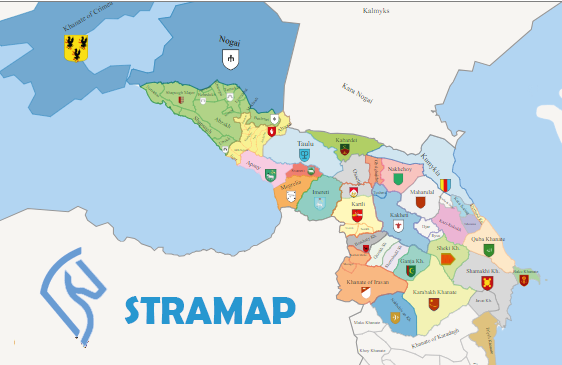
Ukraine, Crimea, Kingdoms of Poland and Lithuenia, 1650
Ukraine, as depicted in European maps of the 17th and 18th centuries, referred to the regions of Kiev, Podolia, Chernihiv, and Braclaw Voivodships, which were under the control of the Polish-Lithuanian Commonwealth.
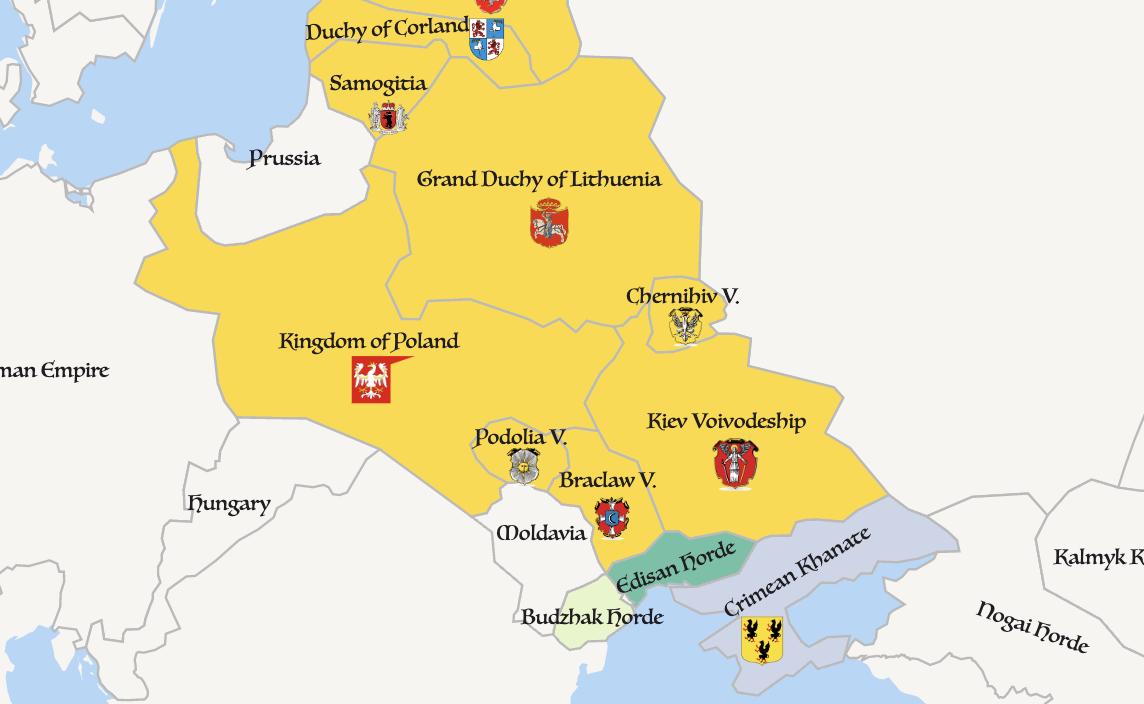
Adyghe & Abaza of 18th century
Ciircassia is usually referred to the union of Adyghe and Abaza people between 18-19th centuries, which was formed as result of Russian agressive expansionism. Though the term is coind for Adyghe people these days, historically it was used as a reference to all ethnic groups of the North-West Caucasus.
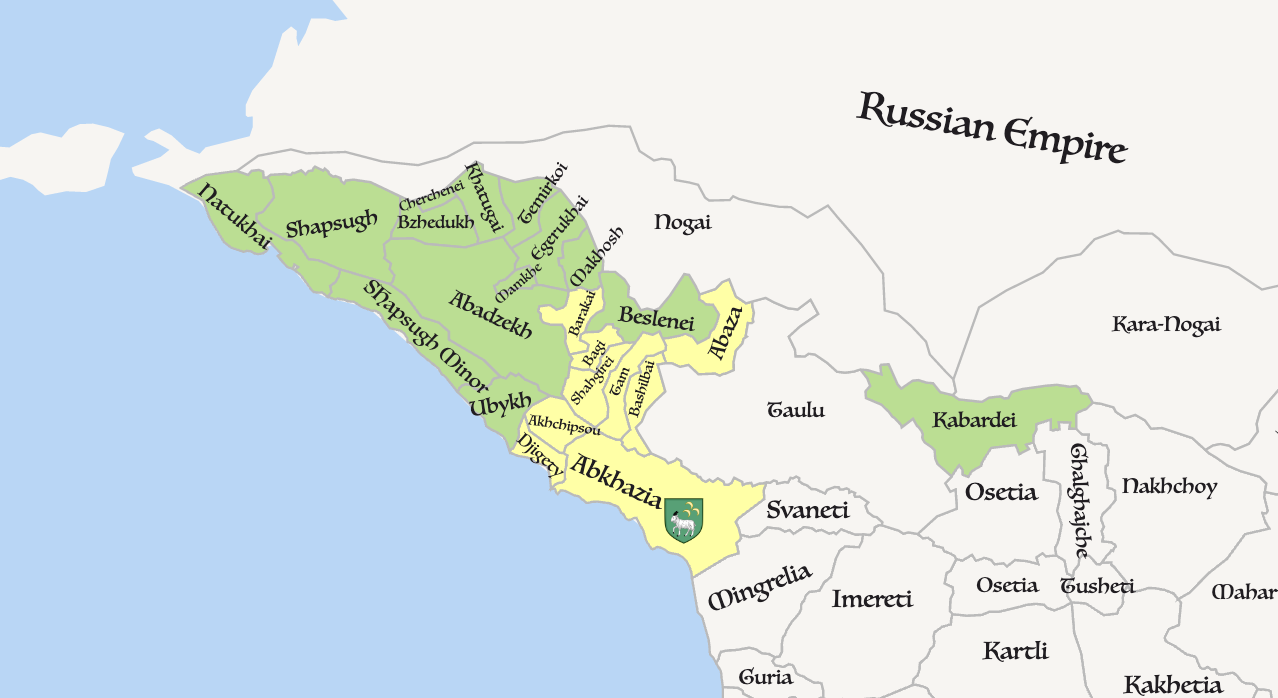
Georgian Kingdoms of 18th century
Kingdom of Georgia was a medieval Eurasian monarchy that was founded in circa 1008 AD. It reached its Golden Age of political and economic strength during the reign of King David IV and Queen Tamar the Great from 11th to 13th centuries.
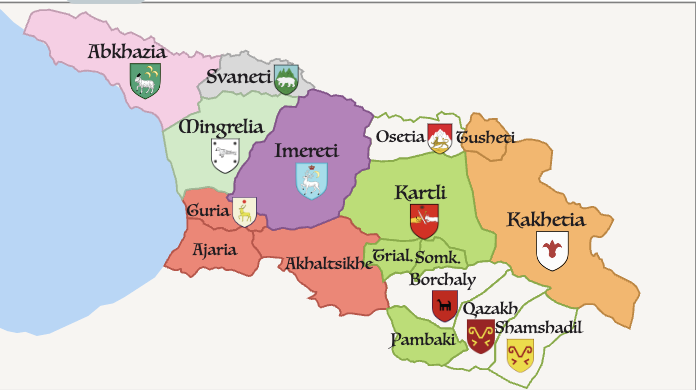
Khanates of Azerbaijan during 17th-19th century
Prior to Russian invasion and consequent conquest of Caucasus, the region was divided into numerous states which were either Khanates, due to long presence and influence of Turkic tribes, or Sultantes. The Azerbaijani Khanates of 17-18 centuries were mostly ruled by Khans of Turkic origin and were partly vassals or subjects of the Iranian Shah.
